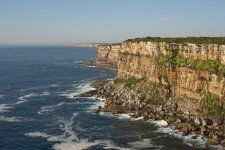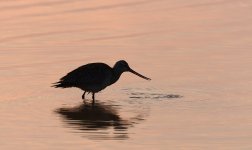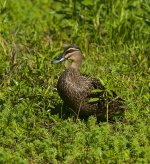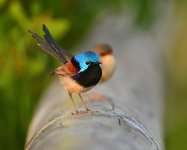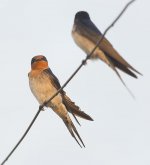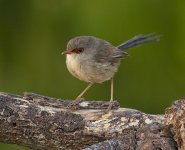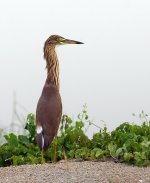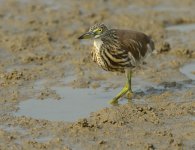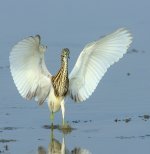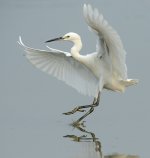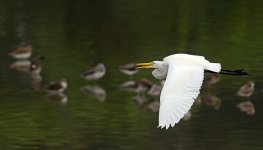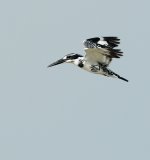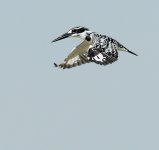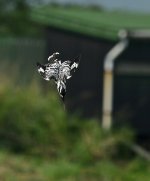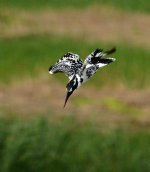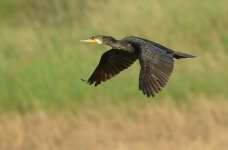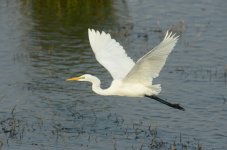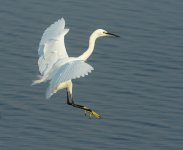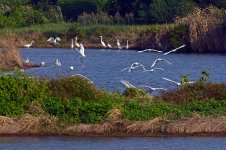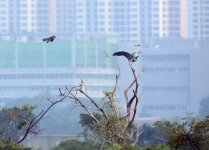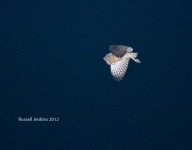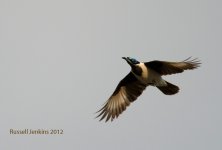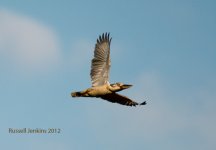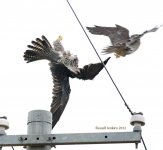Hi folks. I'm happy with my D800 and af-s 300mm f4 with 1.4 TCII but I'm thinking about investing in the 2x TCiii for just that extra reach.
Some nice results seen on this forum but I'm a little puzzled that some prefer the 1.4.
Would anybody think this move is a mistake?
It's still a bit expensive so I don't want to waste my cash.
Thanks for your feedback.
Mistake Stoop. Don't do it. It will focus on slow moving subjects but not fast action. If you want more reach get the new Nikon V2. It will give you 800 plus mms which is great for HD video. It's also much faster than the D800.
Of course you will need the FT1 adapter too, so an expensive option.
Neil.




